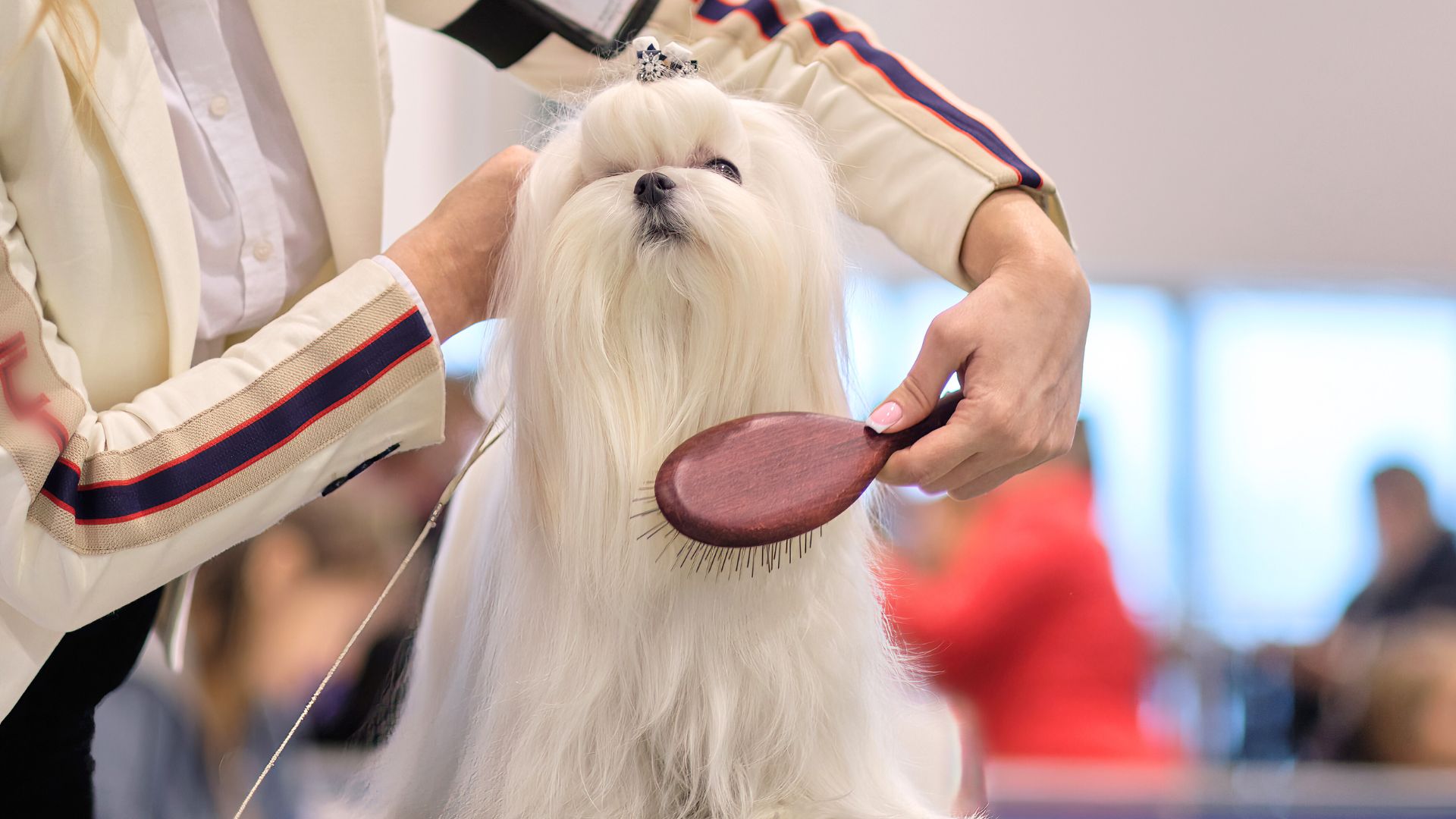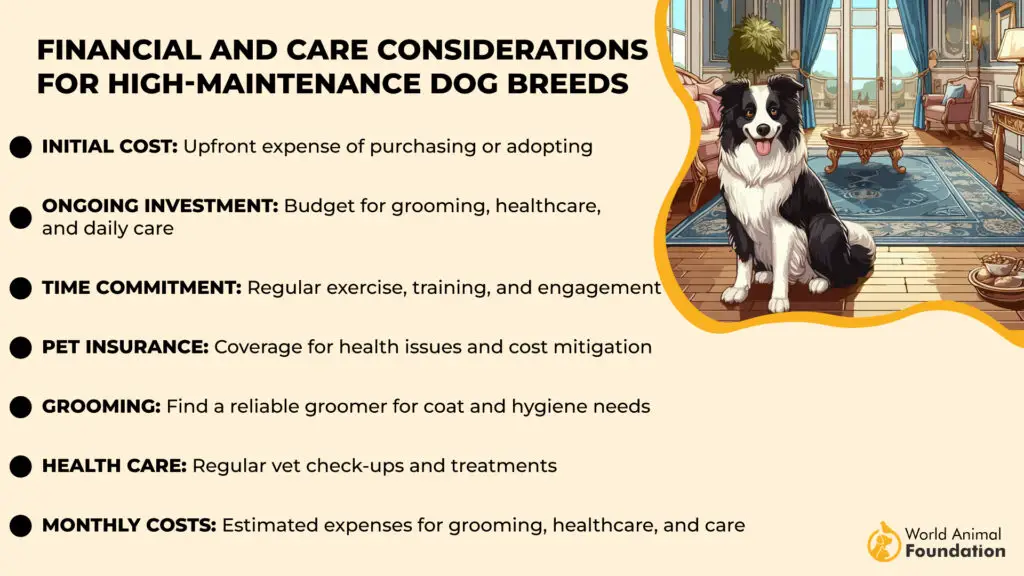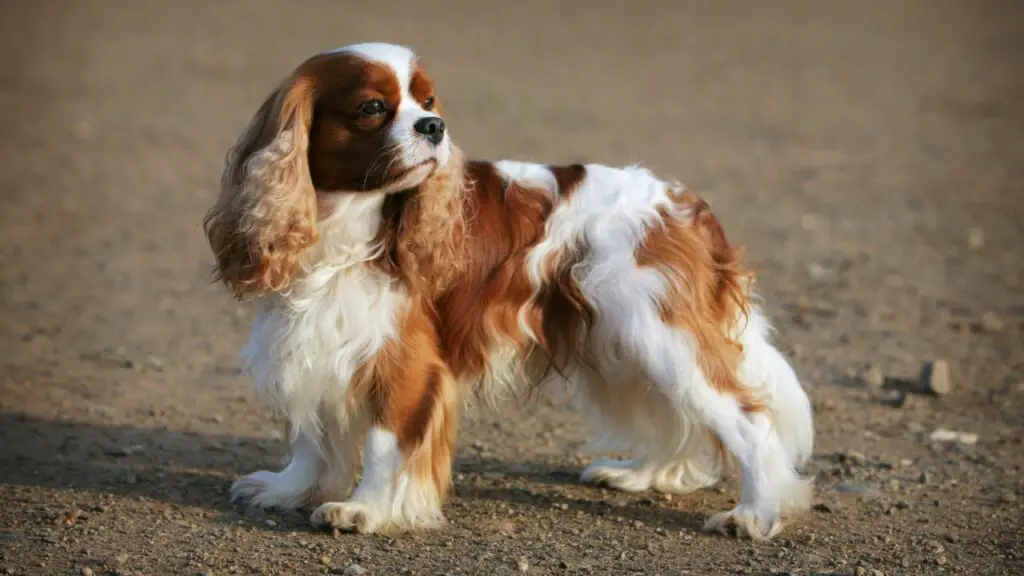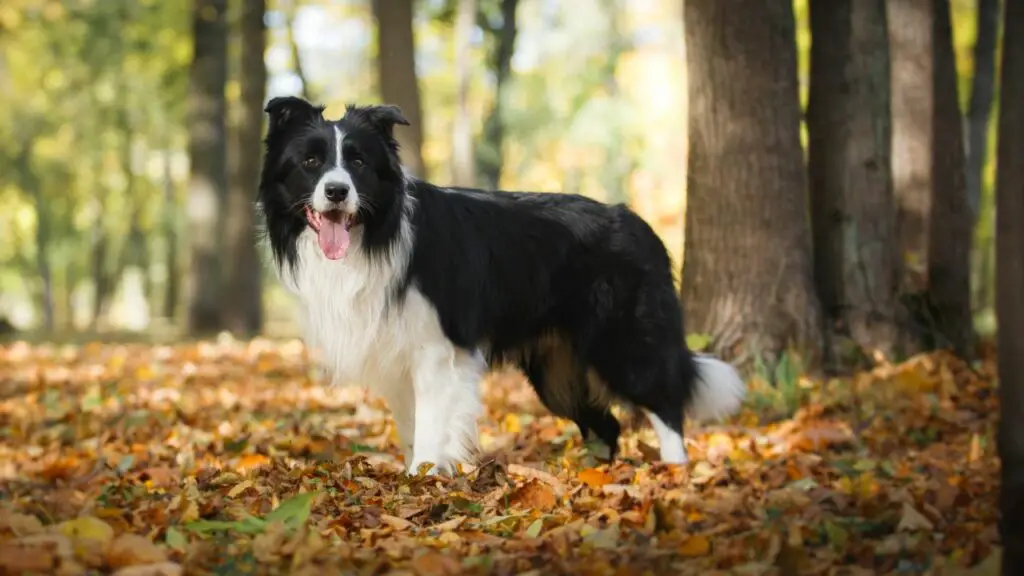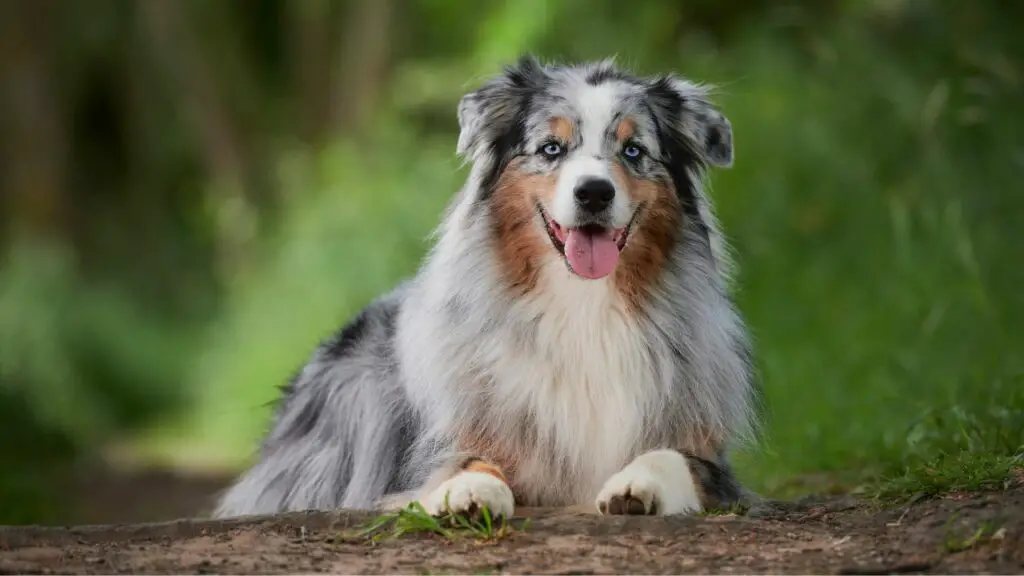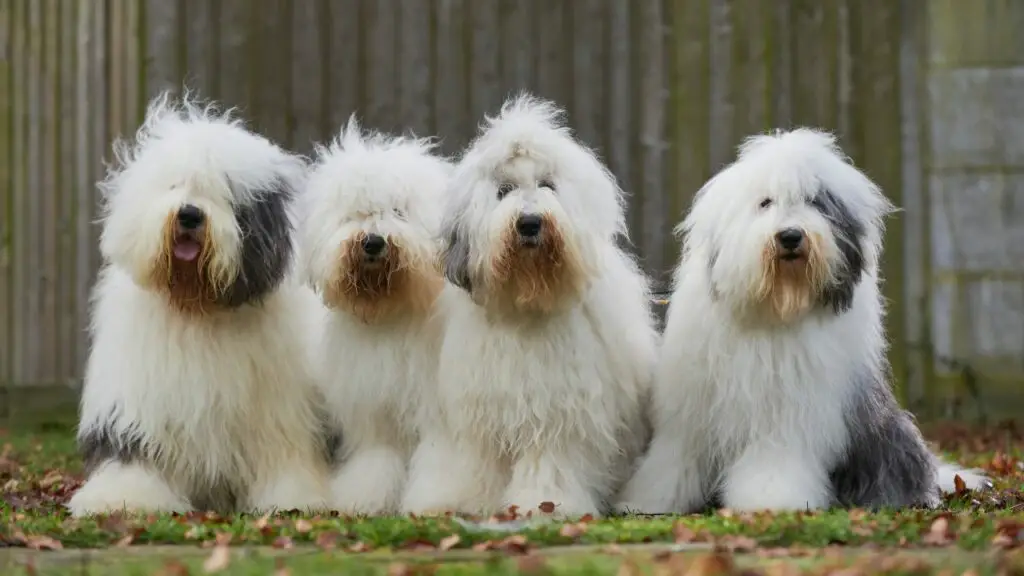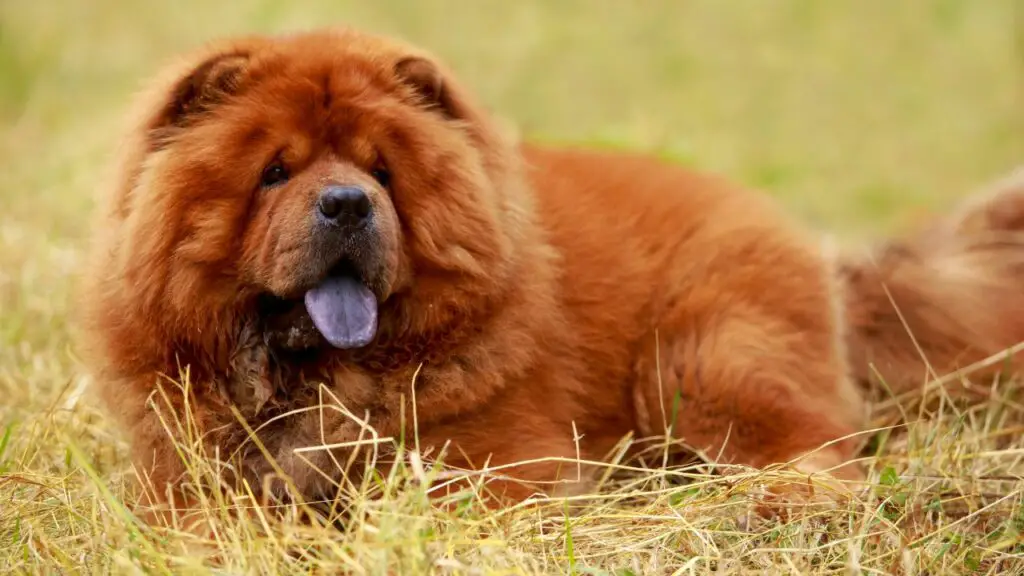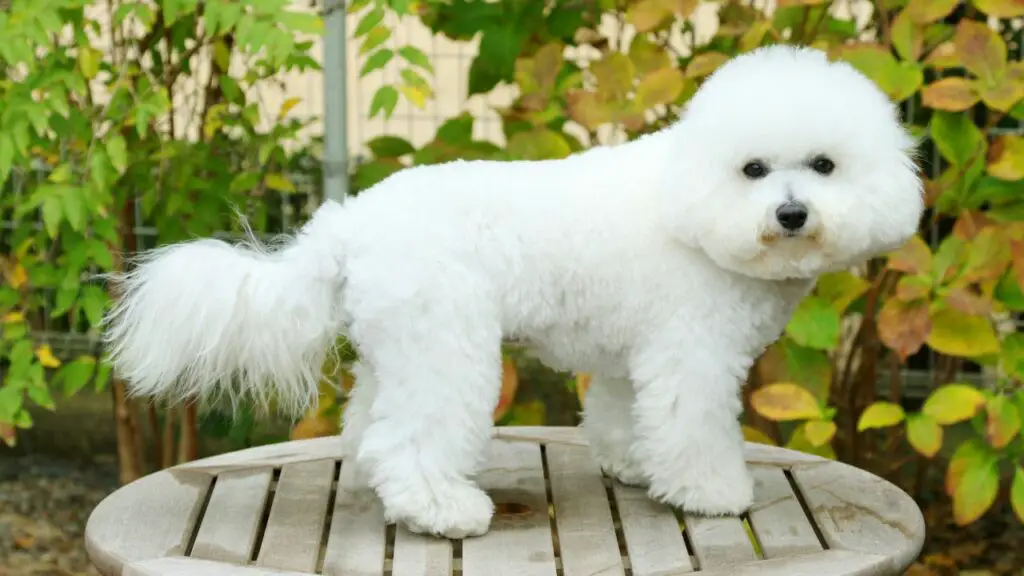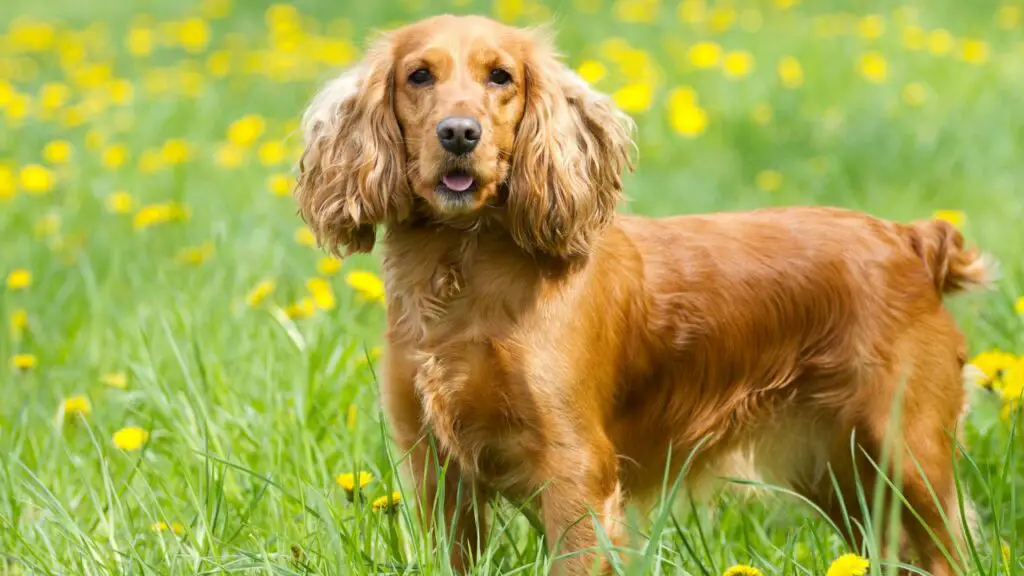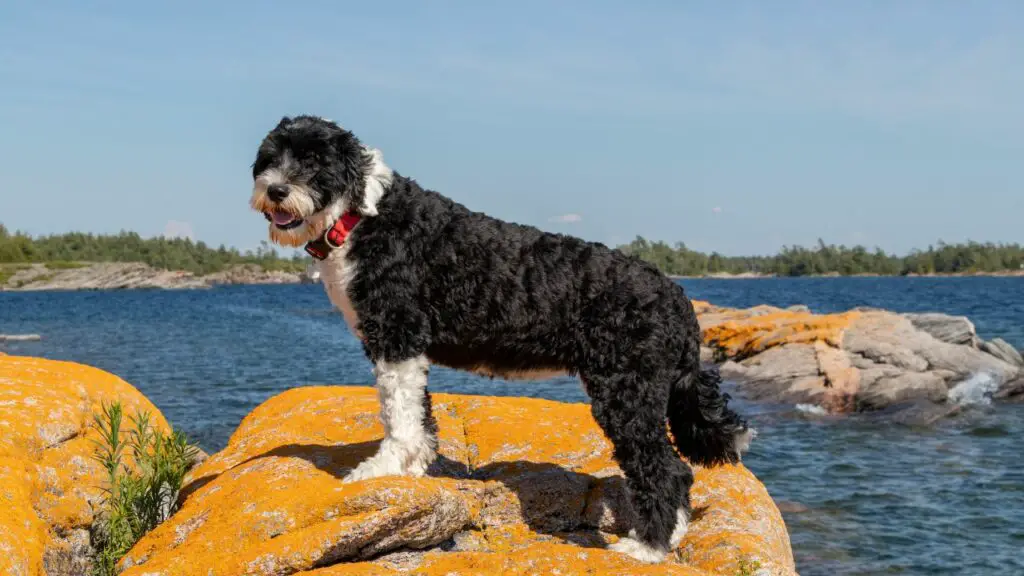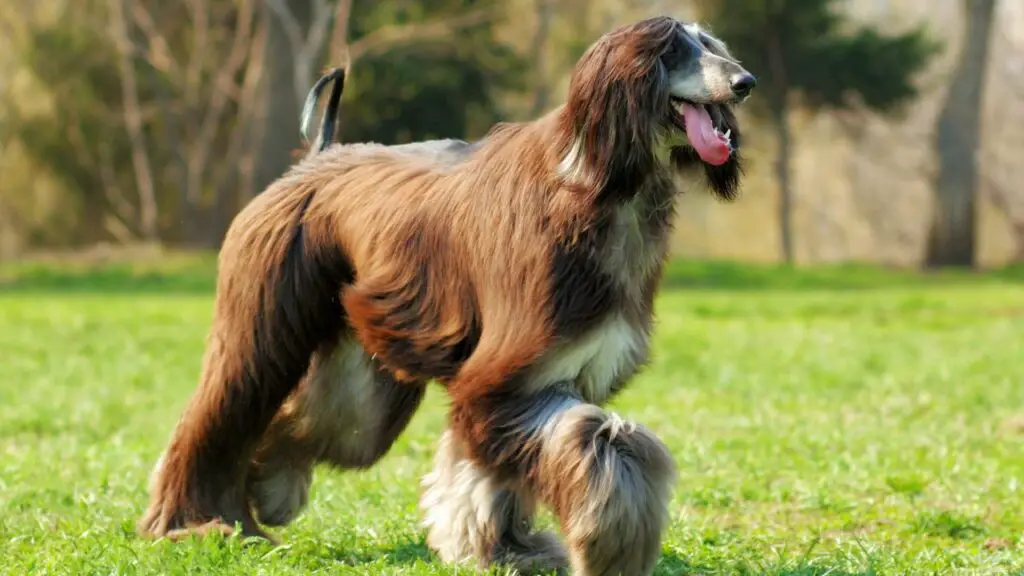Certain dog breeds, while undeniably charming, come with a hefty dose of upkeep. Think glamorous divas of the canine world, demanding extra pampering and specialized care. From elaborate grooming routines to specific dietary needs and potential health concerns, these nine high-maintenance breeds require a significant investment of time, effort, and resources. Are you prepared to meet the demands of these furry prima donnas? Read on to discover if you have what it takes to provide the royal treatment these breeds deserve.
Dogs bring so much joy and love into our lives, whether they’re tiny lapdogs or large, energetic breeds. They become loyal companions, playful partners, and cherished members of the family. However, caring for these furry friends involves more than just feeding and walking. Some breeds, in particular, require extra attention, training, and care.
High-maintenance dogs need more than just daily walks—they might demand frequent grooming, extra exercise, and additional vet visits. While these requirements can be challenging, the reward of their boundless affection and companionship is truly worth the effort. According to a survey, many pet owners prioritize their pets’ needs above their own, showcasing the deep bond shared between dogs and their families.
In our guide to high-maintenance dog breeds, we highlight those lovable pups that might need a bit more care. Each one, though demanding, brings immense joy and proves that the most fulfilling relationships often come with extra effort.
High Maintenance Dog Breeds
1. Cavalier King Charles Spaniel
Cavalier King Charles Spaniels, with their charming appearance and sweet nature, can be quite high-maintenance due to their grooming needs, health concerns, and exercise requirements. WebMD states that their long, silky coats require daily brushing for about 10 minutes to prevent tangles and keep them looking their best. Their fur also extends to their legs and paws, demanding extra care.
Health-wise, Cavaliers are prone to several issues such as mitral valve disease, hip dysplasia, ear infections, cataracts, and retinal problems. Their small mouths and crowded teeth can lead to dental issues, necessitating more frequent professional cleanings.
These lively dogs need about an hour of exercise each day to stay happy and healthy. They form strong bonds with their owners and may suffer from separation anxiety if left alone for long periods, which can lead to destructive behavior or excessive vocalization.
Despite these challenges, the Cavalier King Charles Spaniel’s affectionate nature and loyalty make them a rewarding companion for those ready to invest in their care.
2. Border Collie
Border Collies are known for being one of the most high-maintenance dog breeds due to their immense need for physical and mental stimulation. ASPCA notes that these dogs thrive on constant activity and engagement, making them well-suited for various dog sports such as obedience, agility, and heelwork to music.
Highly social and intelligent, Border Collies require substantial attention from their owners. They are prone to separation anxiety and struggle when left alone for extended periods. Without adequate mental stimulation and training, they can develop behavioral issues like excessive chewing, digging, and even attempting to herd children. Boredom or frustration may also lead to excessive barking.
For those who can provide the necessary exercise and mental challenges, Border Collies make incredibly rewarding companions, as their energy and enthusiasm are matched by their loyalty and intelligence.
3. Australian Shepherd
Australian Shepherds are incredibly smart and energetic, and while these traits make them fantastic companions, they also come with their challenges. As natural working dogs, Australian Shepherds have strong herding instincts, which can sometimes lead them to try to herd children or other pets.
They need daily exercise and mental stimulation throughout their lives, including their senior years. Without enough physical activity, they might resort to destructive behaviors like digging and chewing.
Their medium-length double coats require regular brushing to prevent matting and excessive shedding. Daily or every-other-day brushing helps keep their coat in good condition and minimizes the amount of hair around your home. Early socialization is crucial for Australian Shepherds to manage their herding tendencies and prey drive effectively.
4. Old English Sheepdog
Old English Sheepdogs are known for their charming, shaggy appearance and their lovable, laid-back nature. However, their stunning double-layered coats require significant upkeep. To keep their fur from matting and tangling, they need to be brushed thoroughly at least once a week. Some owners opt to keep their Sheepdog’s coat trimmed short, which requires regular visits to a professional groomer.
These dogs have a gentle temperament and get along well with strangers, reflecting their history of working closely with people. PetMD states that they thrive on companionship and need both mental and physical stimulation. Without enough interaction and activities, they can become bored, leading to undesirable behaviors like excessive barking and chewing.
Health-wise, Old English Sheepdogs can be prone to several conditions, including hip and elbow dysplasia, eye diseases, autoimmune hypothyroidism, deafness, and heart disease. It’s crucial to choose a reputable breeder to minimize these risks and ensure a healthy, happy companion.
5. Chow Chow
The Chow Chow, originating from northern China, stands out as a distinctive and dignified breed. Known for its robust build, square head, and small, triangular ears, the Chow Chow boasts a majestic appearance. Its double coat, which can be smooth or rough, requires regular grooming to keep its dense fur in good condition.
They tend to be shy around strangers and may exhibit aggression towards other dogs, highlighting the need for early socialization with people and pets. However, once they feel secure in their home, they are incredibly loyal to their family.
They might not be the best fit for households with young children or those seeking a cuddly lap dog. The American Kennel Club (AKC) notes that their strong-willed and occasionally stubborn nature can be challenging, especially for first-time dog owners.
Health-wise, Chow Chows are prone to various issues, including allergies that often affect their skin, especially around the paws, muzzle, and ears.
6. Bichon Frise
The Bichon Frise, with its charming, fluffy appearance, is sometimes considered high maintenance due to its grooming needs and emotional requirements. While they’re not demanding in terms of exercise, they do require consistent care to keep their coat in top shape.
Their double coat grows continuously and doesn’t shed, meaning regular grooming is essential to prevent matting. Bichons should be brushed daily and bathed once a week to every three weeks, depending on their activity level.
Bichon Frises are highly sociable and don’t fare well when left alone for extended periods. They can become anxious and exhibit destructive behaviors like barking, whining, and chewing if they feel neglected.
Additionally, Bichon Frises are prone to dental issues, so feeding them food that helps clean their teeth can be beneficial. Despite these needs, their affectionate and playful nature makes them a delightful companion for those willing to invest the time and care they require.
7. Cocker Spaniel
The Cocker Spaniel, known for its affectionate and friendly nature, might surprise you on this list of high-maintenance breeds. These sweet pups are indeed wonderful family dogs, but they come with their own set of demands.
Cocker Spaniels are fiercely loyal and can suffer from separation anxiety if left alone for too long. It’s crucial to train them early to handle being apart from their owners without distress.
Grooming is another significant aspect of Cocker Spaniel care. Their beautiful, flowing coats require weekly grooming, including regular baths and trims to prevent matting and manage shedding. Their tendency to bark can also add to their maintenance needs.
Intelligent and energetic, Cocker Spaniels often retain their playful puppy-like behavior well into adulthood. They need plenty of mental stimulation and physical exercise to keep them happy and to prevent behavioral issues. With the right care and attention, Cocker Spaniels make loving and dynamic companions.
8. Portuguese Water Dog
Portuguese Water Dogs (PWDs) are a breed that thrives on activity and engagement, making them high-maintenance but highly rewarding companions. They enjoy running and playing and require at least 30 minutes to 1 hour of vigorous exercise each day, including daily walks.
Intelligent and curious, Portuguese Water Dogs need mental challenges to prevent boredom and destructive behaviors. Regular interactive play and training sessions are essential to keep their minds sharp. Their curly or wavy coats are not only distinctive but also high-maintenance. Regular grooming is necessary to prevent tangles and maintain their water-repellent properties.
PWDs form strong bonds with their owners and may experience separation anxiety if left alone for too long. They prefer to be close to their people and need to be trained to handle alone time better.
9. Afghan Hound
The Afghan Hound is often regarded as the aristocrat of the dog world, with an air of elegance and a touch of aloofness. While they may seem high-maintenance, Afghan Hounds have a playful, almost whimsical side that loves to engage in fun and games.
Grooming an Afghan Hound is a significant commitment. Their luxurious, long coat need daily brushing to prevent mats and tangles, and regular baths are essential to keep their fur in top condition. For show dogs, this grooming routine becomes even more intensive, with baths twice a week and thorough blow-drying and brushing.
In addition to their grooming needs, Afghan Hounds require plenty of physical exercise. They thrive on short bursts of speed and love to run in open spaces. Prospective owners should be aware of potential health issues, such as hip dysplasia and juvenile cataracts, making it crucial to choose a reputable breeder. Despite their demanding needs, the Afghan Hound’s unique charm and beauty make them a rewarding companion.
Conclusion
While high-maintenance dog breeds, such as the Siberian Husky with its thick double coat or the French Bulldog with its unique needs, can present extra challenges, their distinct characteristics and loyal companionship often outweigh the effort required. These breeds, including those with a dense double coat or those known as herding dogs, offer a wealth of personality and affection.
Owning a high-maintenance dog breed demands a commitment to grooming, exercise, and attention, but for many, the deep bond and joy they bring to their lives make every bit of care worthwhile. If you’re prepared for the extra effort, these dogs can become incredibly rewarding and beloved members of your family.
Owning a high-maintenance dog breed is a significant commitment. While these nine breeds, with their demanding grooming, exercise, and training needs, can be incredibly rewarding companions, potential owners must realistically assess their lifestyle and resources. The extra time, effort, and financial investment required should not be underestimated. Choosing a breed that aligns with your capabilities will ensure a happy and healthy life for both you and your canine companion, avoiding potential behavioral issues and rehoming scenarios. Responsible pet ownership begins with honest self-evaluation and thorough research.

